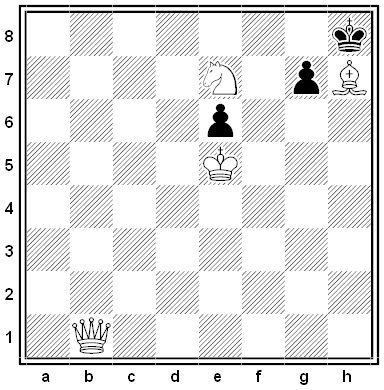
In 1957 the CIA proposed a novel way to bring peace to the Middle East: Flood Egypt’s Qattara Depression with seawater from the Mediterranean. The depression is below sea level and currently an arid waste; connecting it to the sea with giant tunnels or canals would transform it into a lagoon that would be renewed perpetually as the water evaporated, creating a continuous flow would produce endless hydroelectricity for the region.
The idea had begun with John Ball, English director of the Survey of Egypt, in 1927. In presenting it to Dwight Eisenhower, the CIA observed that the lagoon would be “spectacular and peaceful,” that it would “materially alter the climate in adjacent areas,” and that it would “provide work during construction and living areas after completion for the Palestinian Arabs.”
Eisenhower turned it down, but the project has never fallen entirely off the drawing board. In the early 1970s German hydraulic engineer Friedrich Bassler proposed detonating more than 200 nuclear bombs to excavate the canal, which would have meant displacing 25,000 evacuees. That proposal was turned down for ecological reasons, but another solution might yet be found.
See Atlantropa and Dam Ambitious.







